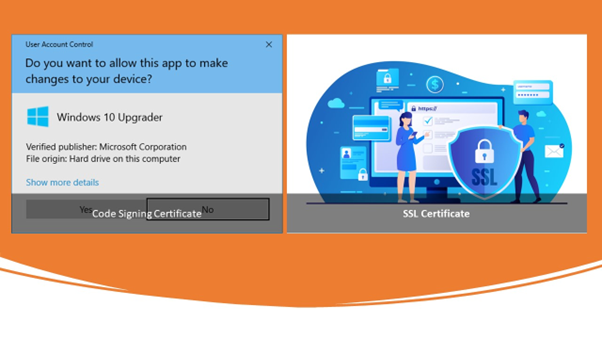
The development of a website is a complicated and collaborative process that requires the involvement of web designers and web developers. These professions' positions are often misinterpreted, causing uncertainty regarding their obligations. In this post, we will look at the distinctions between web designers and web dеvеlopеrs, as well as the many sorts of each and how they collaborate to make a successful website.









